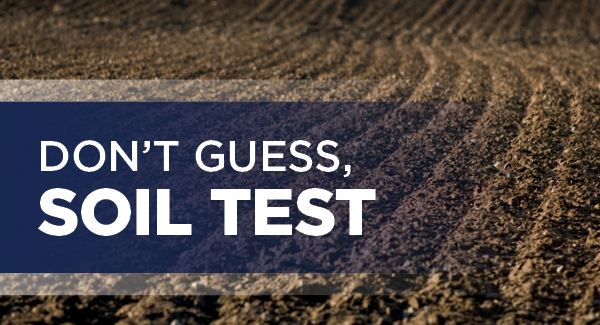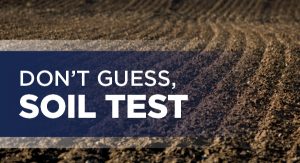Don’t Guess-Soil Test! by Master Gardener Phyllis Kitten

[adning id=”33097″ padding=”15″]
[adning id=”33099″ fixed=”1″ size=”full”]

For gardens and landscapes, the term soil improvement means making the soil favorable for plants to grow. Many soil conditions can inhibit plant growth, including compaction, poor drainage, low fertility, excess nutrients, and thin topsoil.
Have you ever had your soil tested? To make the soil of your front yard, back yard, and garden the most favorable for growing plants, first have it tested to learn what amendments and nutrients to apply. Then follow the test report’s recommendations.
No single nutrient source is best for every area of the state. Nutrient concentrations change with every site and every management practice. Some of the best money ever spent on landscaping is the relatively small amount needed to have the soil tested.
When to test your soil. Test the soil now if it has not been tested in the past 3 years. Testing in the winter can give you results for your upcoming spring planting.
Your county Texas A&M AgriLife Extension Service offers soil testing bags and testing information. Submittal forms, forms of payment and additional information are available on the web at (http://soiltesting.tamu.edu.) If you wish to send your soil sample to a commercial laboratory, use an agronomic, not an environmental, soil-testing lab. Most environmental laboratories are unfamiliar with agronomic soil testing and do not normally make nutrient recommendations.
[adning id=”33207″]
The routine test determines the soil pH, salinity, nitrates (NO3-N), and levels of the primary nutrients (P – phosphorus, K – potassium, Ca – calcium, Mg – magnesium, Na – sodium, and S – sulfur) available to plants. The routine test will provide the basic N-P-K fertilizer recommendation for selected plants. This test meets most application needs. A routine analysis costs $14 which includes a $2.00 mail fee.
Collecting a soil sample is only as good as the methods used. Make sure the sample is representative of the area to be treated, and always collect samples to a depth of 6 inches, because the recommendations your get are based on the top 6 inches of soil. Additional sample instructions are included with the submittal form.
Your test results will usually be mailed back to you within a couple of weeks after receiving and working the sample. The report will advise you on which nutrients and how much of each to apply to healthy plants in the “crop grown” portion you indicated on the submittal form.
Don’t guess, soil test. Your landscape will not only thank you but will reward you for years to come.
[adning id=”33207″]













